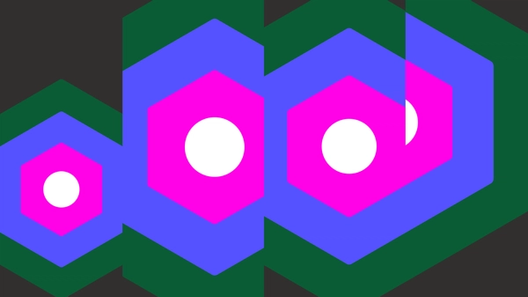What we launched at Framework


We announced Code Connect for developers, typography and gradient variables, and our Library Analytics API to help you drive design system adoption across your entire organization.

Get in touch with our Sales team for tailored guidance on how to leverage our latest features for your design system.
Design systems are core to Figma. Over the past few years, we’ve watched this community grow and the design systems they create become more powerful, flexible, and sophisticated. But with power and sophistication comes complexity, and we’ve found that one of the biggest challenges facing design systems managers today is gaining organizational adoption.

The Figma team kicks us with a rundown of everything we’re launching and what’s to come for the rest of the day.
Solving the problem of design system adoption Design systems promise consistency, efficiency, and scalability, but realizing these benefits hinges on widespread usage. To get your entire team on board, you’ll need to tap into your inner marketer and craft a compelling adoption strategy. We’re launching Dev Mode, variables, advanced prototyping, and a series of quality of life updates to help you go from design to build.
The future of design systems is marketing
Config 2023: Reimagining where teams design and build together
Bridging the gap between design and code with Code Connect

Bumble, GitHub, and HP discuss the challenges their design systems teams face in connecting design to code and share first impressions of Code Connect.
One of the biggest challenges facing design systems is driving adoption among developers. That’s why we're so excited to introduce Code Connect, a new tool in Dev Mode that brings production-ready code snippets right into Figma. With Code Connect, developers can easily access the code they need for each component in your design system. No more hunting through documentation or risking inconsistencies—just copy and paste the code snippet and you’re ready to go. Code Connect is now available in beta for Organization and Enterprise plans and supports React, iOS, and Storybook, with more frameworks and platforms to come.

Read more about Code Connect, a feature built to improve design system adoption by making code more accessible and useful for developers.

In this session, Verizon Design Systems Leads Talia Fisher and Kshitij Tambe shed light on how their team implemented variables and how it’s helping them take their design system to the next level.
Fully align variables to tokens with typography and gradients
Of course, completeness is also a major things for teams. As we’ve heard, variables have been a huge unlock—but many teams haven’t been able to realize their full system without typography variables. Typography is a major part of any design system and, with typographic variables, you’ll have unprecedented control and flexibility over your type. Define your font scales once and apply them consistently across your entire system. Easily adjust for different platforms and ensure accessibility with WCAG-compliant scales. Typography variables open up a world of possibilities for creating rich, expressive, and consistent type.

Figma Designer Advocate Ana Boyer takes us on a deep dive into typography and gradient variables, sharing best practices for leveraging these new features in your design system
We’re also introducing gradient variables, allowing you to bind color variables directly to each stop in a gradient. The redesigned gradients panel provides more control over individual gradient stops, making it easier than ever to create and manage beautiful, flexible gradients.
The addition of these two new areas to bind variables rounds out our token offering and marks their transition from beta to general availability. But don’t think this means that we’re done—this is just our first version, and we’ll be continuing to work hard on polishing this experience.
Measure adoption with the Library Analytics API
For Enterprise customers, we announced the beta of their Library Analytics API. This powerful feature allows design systems teams to store and analyze their library data outside of Figma in their tool of choice, supporting the ability to drill into the data based on their particular needs.

Get started with library analytics and explore our documentation.
The future of design systems
We’d like to extend our heartfelt thanks to everyone who made Framework 2024 such a success. Your passion, insights, and dedication to building better together continue to inspire us. If you missed the live event, don’t worry—all the sessions will be available on-demand soon. Stay tuned for more details!
At Figma, we’re committed to empowering teams to build better together. With the launches announced at Framework 2024, we’re making it easier than ever to create, maintain, and adopt design systems that drive consistency and collaboration across organizations. We can’t wait to see how you leverage these new tools and features to take your design systems to the next level.
Looking for personalized advice? Get in touch with our Sales team for tailored guidance on how to leverage our latest features for your design system.

Jacob Miller is a product manager for Figma leading the design system features of the product. Previous to this Jacob lead Atlassian’s design system and tooling teams, where he honed his passion for each of these domains. In his spare time he codes and designs on his side projects, and looks for the next cool place in the world to move to.




